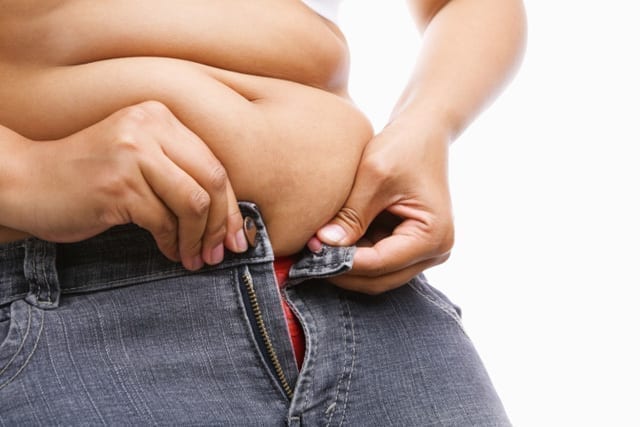Our survival skills are killing us. The human body has evolved into a fat-hoarding machine. Food that our bodies don’t immediately use for energy gets quickly stored as fat, and we convert this fat back into fuel for our brains and muscles when food is scarce. This was a great thing for our ancestors who didn’t know when their next meal would be. But for us, with our drive-through restaurants and jam-packed junk food aisles, this survival mechanism is wreaking havoc on our health.
About 72 million Americans — more than one-third of all adults — are obese. The condition substantially increases the risk for a long list of ailments, including heart disease, stroke, high blood pressure, type 2 diabetes, infertility, Alzheimer’s disease and endometrial, breast, prostate and colon cancer.
The easiest way to determine if you’re obese is by calculating your body mass index (BMI), the ratio of your weight to your height. Adults with a BMI of 25 or higher are considered overweight; with a BMI of 30 or higher, they’re considered obese. (Get your BMI with our online BMI calculator.)
Wow Fact
Obesity rates are soaring among children and teens. As a result, type 2 diabetes and other chronic ailments are becoming more common among young people. Our kids may turn out to be the first generation in modern history to live shorter lives than their parents.
Granted, genes play a strong role in determining obesity — some of us store fat more easily and shed it less readily than others, even if we follow the same eating and exercise programs.
Environmental factors influence obesity too. Drastic changes in our society over the past 30 years have thrown us into an environment that our bodies were not built for. We spend more time sitting, driving and eating big portions of high-calorie, high-fat food than ever before. And we spend less time being physically active.
But regardless of the reasons for the rise in obesity, maintaining healthy weight ultimately comes down to balancing the number of calories you eat and drink with the number of calories you burn through exercise and everyday activities. And we all have the power to achieve this balance. Every day we can make choices to eat differently, move our bodies more and enjoy a healthier life.




































